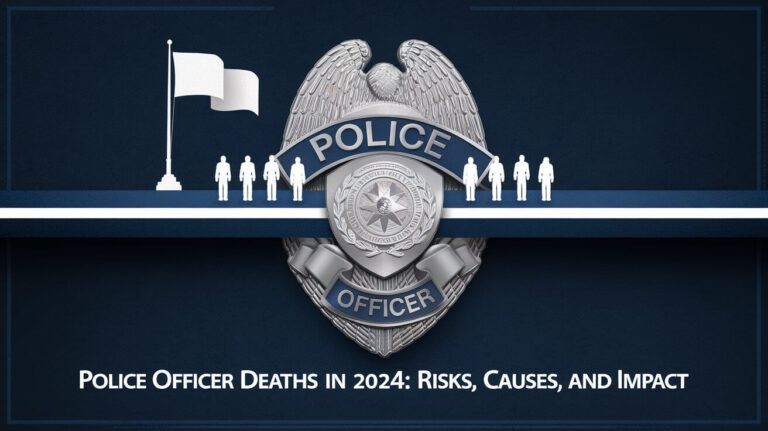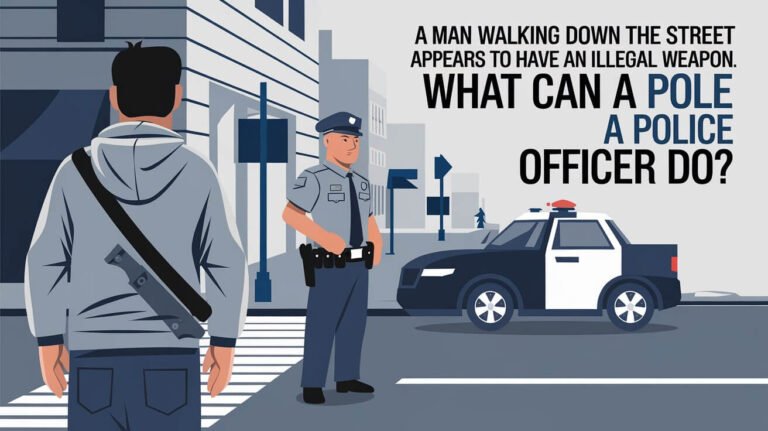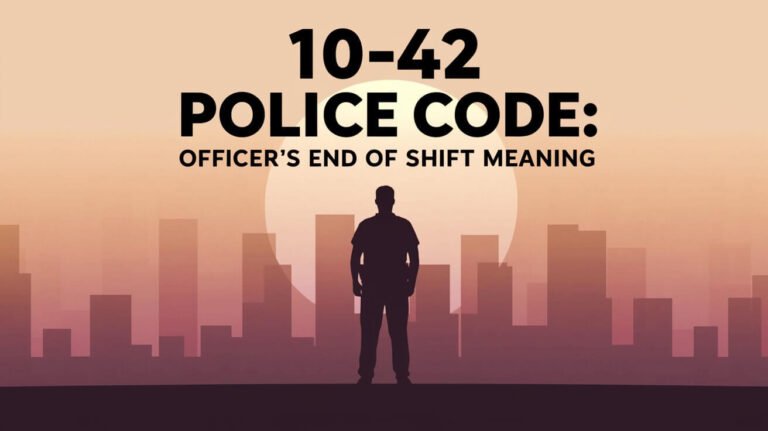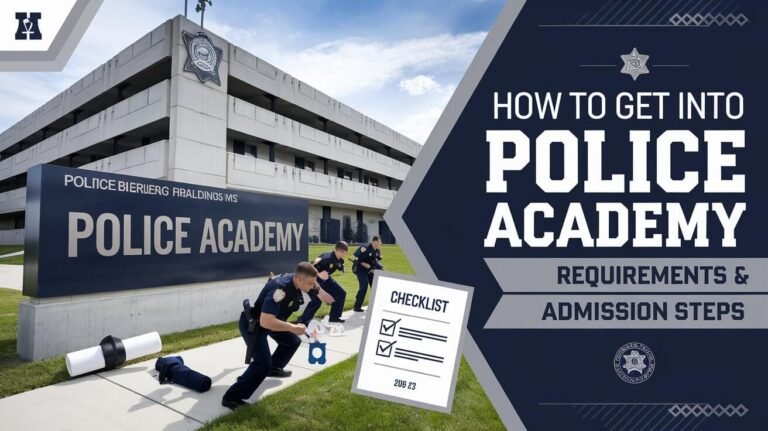Police Frequencies By Zip Code: Emergency Alerts & More
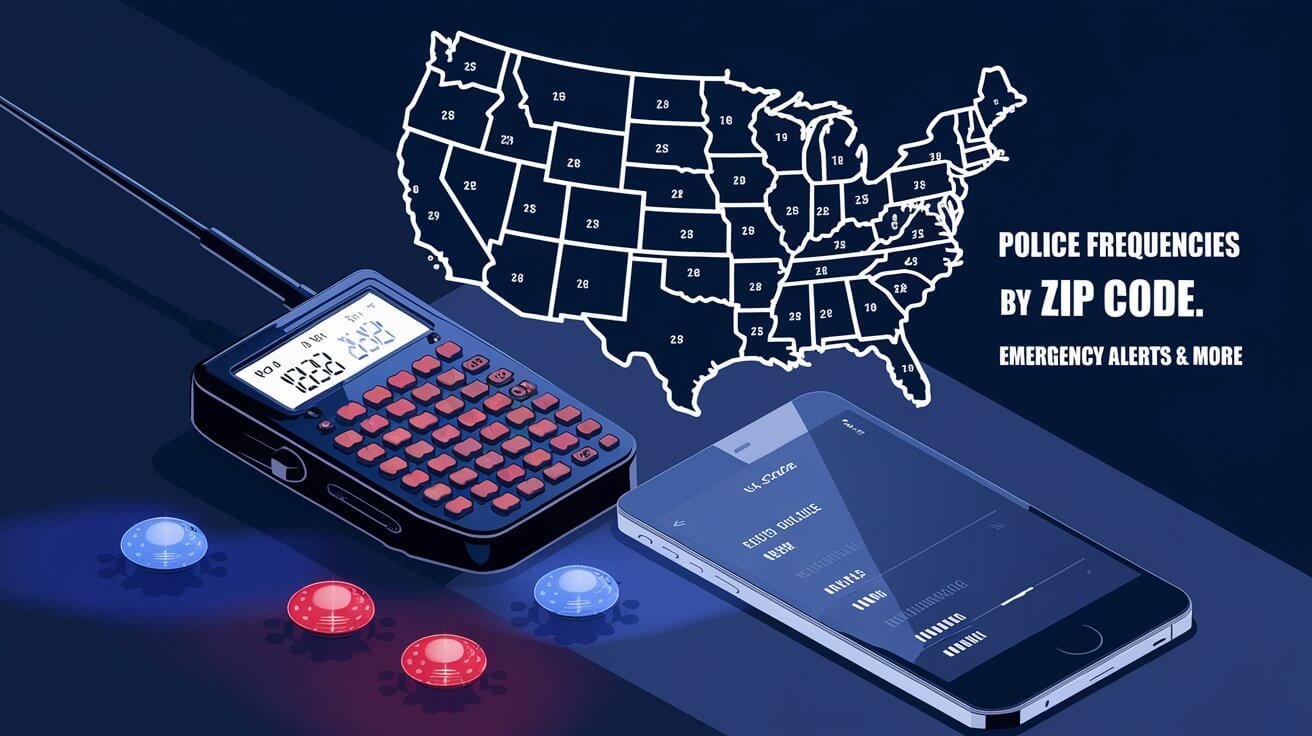
Police scanner frequencies are key for keeping communities safe. They help people know about local emergencies. With the switch to digital, some areas now use encrypted frequencies. This makes it harder for people to listen in with regular scanners.
But, there are ways to get these frequencies. Online databases and special scanner equipment can help. This way, people can stay safe and informed.
Where you live affects how many frequencies you can access. Some places have many channels, while others have few or none. Police departments often share their frequencies online.
Websites like Radioreference.com make it easy to find local frequencies. Knowing these frequencies and codes is important. It helps people stay updated on emergencies and keeps communities safe.
What Are Police Scanner Frequencies
Police scanner frequencies are key for law enforcement to talk to each other and the public. They help us know what’s happening in our area. It’s all about using specific radio bands for different needs.
Police use VHF, UHF, and 800 MHz to talk to each other and emergency services. By listening to these frequencies, we can see what police are doing. It’s a way to understand their work better.
Radio Communication Basics
Radio communication uses frequency bands to send and receive messages. Police scanner frequencies fall into two types: Conventional and Trunked. Conventional is for simple messages, while Trunked is for more complex ones.
Frequency Bands Used by Law Enforcement
Law enforcement uses different frequency bands for various needs. These include:
- VHF (Very High Frequency)
- UHF (Ultra High Frequency)
- 800 MHz
These bands help with car-to-car talks, dispatch, and emergency calls.
Digital vs Analog Systems
Digital and analog systems are used in police scanners. Digital offers better sound and security, but is more complex. Analog is simpler and cheaper, but not as secure.
| Frequency Band | Description |
|---|---|
| VHF | Used for car-to-car communications and dispatch |
| UHF | Used for emergency responses and tactical communications |
| 800 MHz | Used for digital communications and trunked systems |
Knowing about police scanner frequencies helps us understand law enforcement’s communication systems. It also keeps us informed about emergencies in our area. This knowledge is key for public safety and awareness.
Safety Benefits of Monitoring Police Frequencies
Monitoring police frequencies can greatly improve public safety. It lets people know about local emergencies and dangers. This is very helpful in areas with high crime rates or during natural disasters.
It helps keep communities safe by making people more aware. This awareness prepares residents for emergencies better.
Some key benefits of monitoring police frequencies include:
- Staying informed about local emergencies and dangers
- Enhancing community awareness and safety
- Supporting emergency response efforts by providing critical information
Monitoring police frequencies also helps emergency responses. People can quickly tell authorities about suspicious activity or threats. This teamwork leads to quicker and more effective crisis management.
By promoting community awareness and supporting emergency response efforts, monitoring police frequencies plays a vital role in maintaining public safety and facilitating a more effective response to emergencies.
Monitoring police frequencies is a key tool for public safety. It gives people access to important information. This lets them play a bigger role in keeping themselves and their communities safe.
Police Frequencies By Zip Code Database Access
Getting police frequencies by zip code is easy with online databases. These tools let you search by state or county. This makes finding the right frequencies simple. Plus, you can get updates on frequency changes in real-time.
Searching by location or communication type is helpful. For instance, you can look for frequencies in a certain city or county. Or, you can find those used by specific agencies, like local police or federal law enforcement.
Benefits of Database Access
Database access offers many advantages. You can get updates on frequency changes right away. You can also search by location or communication type. This helps you stay current and find what you need fast.
Search Methods
- Filtering by location
- Searching by type of communication
- Using a city or zip code to search for frequencies
With these search methods, finding police frequencies by zip code is quick and easy. You can stay informed about your community’s happenings.
Scanner Equipment Requirements
To listen to police scanner frequencies, you need the right equipment. The type of scanner depends on the frequency band and range. Digital scanners are popular because they can pick up both digital and analog signals.
When picking a scanner, think about its range. It’s about 30-50 miles from the tower, but can vary. Also, scanners can’t legally pick up encrypted signals. You can find specific scanner recommendations for your area.
Look for these features in scanner equipment:
- Frequency scan speed: Choose a scanner that can scan over 30 channels per second.
- GPS capability: This feature lets new frequencies load as you move.
- Alpha tags: These are labels for frequencies, limited to 12 characters.
- Record & Playback capability: This lets you save and listen to conversations later.
Brands like Uniden and Whistler offer many models. The Uniden Bearcat SDS200 and the Whistler TRX-2 are high-end options. Choose based on your needs and the frequencies you want to monitor.
Legal Guidelines for Scanner Use
Understanding legal guidelines for scanner use is key. In the U.S., owning and using police scanners is legal, thanks to the 1934 Communications Act. But, there are rules to follow to avoid fines and penalties.
One major rule is about federal regulations. Some radio bands, like cell phones and government frequencies, are blocked on scanners. Also, state laws vary, and users must know these to use scanners legally. For example, some states, like Florida and New York, have rules against using scanners while driving.
Federal Regulations and State-Specific Laws
Users must know which frequencies are off-limits. The FCC sets rules for scanner use, and following these is important. Some states, like California, have strict laws against using scanners for illegal activities.
Laws about scanner use differ greatly by state. For instance, Vermont has harsh penalties for using scanners to aid in crimes. Users must keep up with local laws to use scanners legally and responsibly.
Compliance with Legal Guidelines
To follow the law, users should learn about federal and state regulations. This includes knowing the rules for using scanners while driving and for illegal activities. By understanding these, users can use their scanners legally and avoid trouble.
It’s also important to stay informed about law changes. Following FCC guidelines and other authorities’ rules is essential. This way, users can enjoy using their scanners without breaking the law.
Programming Your Scanner
Programming a scanner needs a step-by-step approach to work right. This ensures it picks up the right frequencies. It might seem hard, but with the right help, it’s easy. Knowing how to fix problems is also key.
Choosing the right frequencies is a big part of it. You can do it by hand or with software. For example, the Uniden Bearcat SDS200 and the Whistler TRX-2 are easy to program. They let you pick from many systems, making it simpler to find what you need.
Step-by-Step Setup
To start, press the programming button and enter the frequency and channel numbers. For example, “483.0375” is used by the County Sheriff in Lancaster, Los Angeles. Make sure the batteries are charged, as handheld scanners need power.
Troubleshooting Tips
Fixing problems is important when programming. Check the user manual or online for help. Also, using software like Sentinel for Uniden or EZ Scan for Whistler can help avoid mistakes.
| Scanner Model | Programming Method | Frequency Selection |
|---|---|---|
| Uniden Bearcat SDS200 | Manual or Software | Nationwide, Statewide, or County |
| Whistler TRX-2 | Manual or Software | Nationwide, Statewide, or County |
Following these steps and tips, you can make sure your scanner works well. This lets you hear important local police updates.
Emergency Response Codes
Emergency response codes are key in police scanner frequencies. They help share important info during emergencies. Knowing these codes is vital for quick and effective communication.
In the U.S., different agencies use their own codes for emergencies. This includes police, fire, and ambulance services. For example, the Riverside County Sheriff’s department uses 158.850 MHz and 159.090 MHz for emergencies. The main tone for Sheriff’s interfaces is 110.9 PL.
The county’s fire channels range from 151.025 MHz to 154.800 MHz. There are specific frequencies for fire operations. This helps in coordinating emergency responses.
Some common codes include Brevity Patrol Codes from 10-1 to 11-99. These cover various police communication needs. Codes like 187 for homicide and 211 for robbery indicate specific emergencies. By monitoring police scanner frequencies, people can stay updated and react fast to emergencies.
- Brevity Patrol Codes: 10-1 to 11-99
- Criminal Codes: 187 (homicide), 211 (robbery)
- Health & Safety Codes: 11351 (possession of drugs for sale)
- Vehicle Codes: 10851 (stolen vehicle), 20001 (hit & run causing bodily injury)
Getting access to a detailed database of police scanner frequencies is possible. Services like the National Communications Magazine offer this for $21.00 a year. They provide over 4 million searchable frequencies.
Regional Frequency Variations
Police scanner frequencies vary by region. Each area has its own set of frequencies for communication. This is key for effective emergency responses.
In North Carolina, certain frequencies are used for law dispatch and mobile to base communications. NAC tones like 114, 118, and 123 add complexity. Frequencies range from 155.445 to 774.81875 across different units.
Urban vs Rural Differences
Urban areas have more complex frequency systems due to high population density. Rural areas have simpler systems with fewer frequencies. The North Texas Interoperable Radio Network is an example of a system that works for both urban and rural areas.
Metropolitan Area Systems
Metropolitan systems, like in Dallas, use various frequencies for communication. They use repeaters and base/mobile modes for a wide range of frequencies. Here are some examples of regional frequency variations:
| Region | Frequency | NAC Tone |
|---|---|---|
| Dallas | 155.4525 | 128 |
| North Carolina | 155.460 | 114 |
| Houston | 154.680 | 114 |
Understanding these variations is vital. It helps individuals navigate the complex world of police communication systems.
Radio Interference Solutions
To reduce radio interference and improve scanner performance, it’s key to know the causes and solutions. Radio frequency (RF) interference can harm communications systems. It can lead to misinterpretation or loss of information. Both manmade and natural sources cause RF interference, impacting critical communications like 911 calls.
Common sources of RF interference include other wireless devices, physical barriers, and weather. Scanner users can use filters, antennas, and other gear to reduce interference. Also, having a Primary, Alternate, Contingency, and Emergency (PACE) Plan helps ensure communication works well.
Here are some key strategies for reducing RF interference and improving scanner performance:
- Use high-quality antennas and filters to minimize interference
- Implement a PACE Plan to ensure communication operability and resiliency
- Regularly update and maintain scanner equipment to ensure optimal performance
- Monitor and report RF interference incidents to the Federal Communications Commission (FCC)
Using these solutions, scanner users can reduce interference and improve performance. This is vital for public safety, where clear communication is key for emergency response and awareness.
| Interference Type | Description | Solution |
|---|---|---|
| Internal/Self Interference | Interference from within the scanner or equipment | Use high-quality filters and antennas |
| External Interference | Interference from external sources, such as other wireless devices | Implement a PACE Plan and use interference-reducing equipment |
| Intentional Interference | Deliberate interference, such as from RF jammers | Report incidents to the FCC and use legal enforcement mechanisms |
End Summary
Accessing police frequencies by zip code is key for public safety. It helps us understand police scanner basics and use the right gear. This guide shows how to find these frequencies, helping us all stay safe.
Even though some police talks are encrypted, listening to allowed frequencies is important. It helps us know about local emergencies and can help in emergencies. Using police scanners responsibly can really help our communities.
It’s important to use this technology wisely and follow the law. This way, we can keep our communities safe and informed. Let’s all do our part to make our society safer and better prepared.

